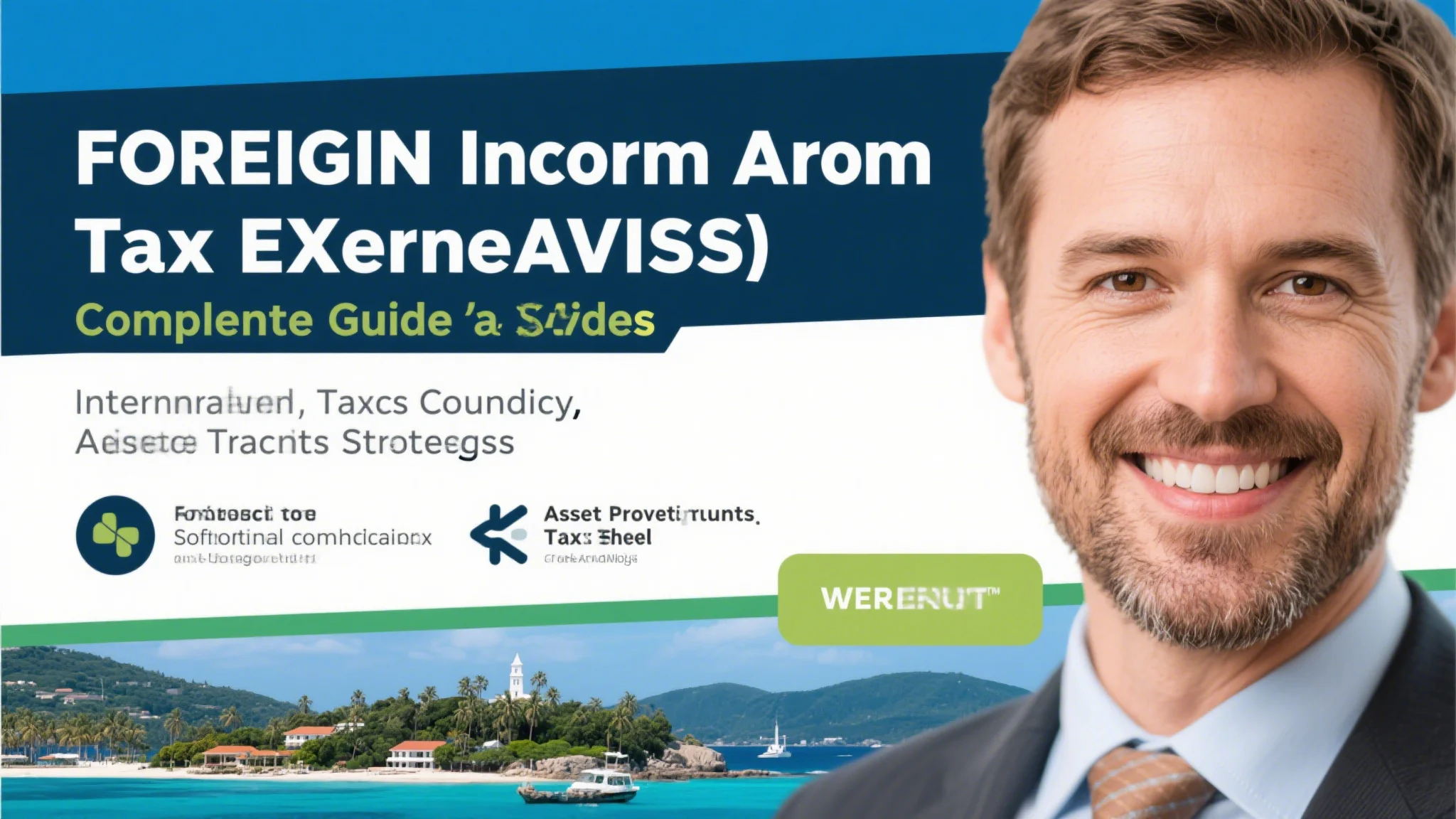
How Qualified Opportunity Zones Offer Tax Breaks
The Fundamentals of Opportunity Zones
Qualified opportunity zones were created under the 2017 Tax Cuts and Jobs Act to stimulate economic development in distressed communities. These designated areas offer three primary tax benefits for capital gains reinvested within 180 days: temporary deferral of the original gain until December 31, 2026, a potential 10-15% reduction of the deferred gain, and permanent exclusion of new investment gains held at least 10 years. The program aims to direct long-term private capital into underserved communities while providing meaningful tax incentives.
To qualify, investors must reinvest capital gains into Qualified Opportunity Funds (QOFs), which must hold at least 90% of their assets in opportunity zone property. The IRS provides an official list of designated zones, covering portions of all 50 states and U.S. territories. Investments can be made directly in zone property or through QOFs that pool investor capital. The program’s scheduled expiration in 2026 creates urgency for those considering this strategy.
Combining with 1031 Exchanges
When coordinated with 1031 exchange real estate strategies, opportunity zone investments can create powerful tax deferral combinations. Investors can first complete a 1031 exchange to defer capital gains from real estate sales, then subsequently invest those deferred gains into a QOF for additional benefits. This layered approach provides multiple levels of tax deferral and potential reduction.
The key difference lies in timing – 1031 exchanges require identifying replacement property within 45 days and completing within 180 days, while opportunity zone investments simply require reinvesting gains within 180 days into a QOF. Combining these strategies requires careful planning to ensure compliance with both sets of rules while maximizing the synergistic benefits.

Real Estate Investment Strategies
Sophisticated real estate tax strategies in opportunity zones include ground-up development projects and substantial improvements to existing properties. The program requires that either the original use of the property commences with the QOF, or that the QOF substantially improves the property by doubling the basis within 30 months. This creates particular advantages for development projects rather than simple acquisitions.
Investors should carefully evaluate the economic fundamentals of each opportunity zone, as tax benefits alone don’t guarantee investment success. Local market conditions, development costs, and exit strategies require thorough due diligence. Many QOFs focus on multifamily housing, commercial developments, or mixed-use projects that can benefit from both the tax incentives and demographic trends in these emerging neighborhoods.
Tax-Efficient Portfolio Allocation
Incorporating opportunity zones into a broader tax-efficient investing strategy requires careful consideration. The 10-year hold requirement for full benefits creates significant illiquidity that may not suit all investors. Diversification across multiple zones or funds can mitigate specific project risks while maintaining the tax advantages.
Investors should weigh opportunity zone investments against other tax-advantaged options like retirement accounts, 529 plans, and health savings accounts. The ideal allocation depends on individual time horizons, risk tolerance, and overall portfolio composition. For those with substantial capital gains, opportunity zones can serve as valuable complements to traditional tax-advantaged accounts rather than replacements.
Philanthropic Opportunities
While distinct from charitable donation tax deductions, opportunity zone investments can align with impact investing goals. Many zones overlap with communities that benefit from charitable initiatives, allowing investors to achieve both financial returns and social impact. Some QOFs specifically target affordable housing or community development projects with measurable social benefits.
Investors can combine opportunity zone investments with charitable strategies through donor-advised funds or private foundations. The tax benefits differ significantly – opportunity zones defer and potentially reduce taxes on gains, while charitable donations provide immediate deductions. The optimal approach depends on individual circumstances and may involve blending both strategies for maximum impact.
Fund Selection Considerations
Choosing the right Qualified Opportunity Fund requires evaluating multiple factors beyond just the tax benefits. Fund managers should have proven track records in the specific asset class and geographic market. Fee structures vary widely, with some funds charging both upfront and performance fees that can significantly impact net returns.
Transparency about investment strategies, property locations, and development timelines is essential. Many funds provide regular investor updates and detailed operating agreements. The IRS allows investors to create their own QOFs for more control, though this requires substantial expertise and administrative capacity. Most investors find professionally managed funds more practical despite the fees.
Exit Strategy Planning
The 10-year hold requirement for full tax benefits necessitates careful exit planning. While investors can sell their QOF interests after five years with partial benefits, maximizing the permanent exclusion of appreciation requires holding until at least 2028-2031 depending on initial investment date. Fund structures should align with these timelines while providing realistic liquidity options.
Many QOFs plan exits through property sales or refinancing events timed to optimize tax benefits. Investors should understand how distributions will be structured and whether reinvestment options will be available. Secondary markets for QOF interests are emerging but remain limited, making thorough upfront due diligence even more critical.
Ongoing Compliance Requirements
Maintaining qualification for all tax benefits requires strict adherence to IRS rules. Investors must properly document their capital gain reinvestments and file Form 8949 with their tax returns. QOFs must pass annual 90% asset tests and provide investors with necessary documentation.
The IRS continues issuing guidance on various aspects of the program, requiring investors and fund managers to stay current with evolving interpretations. Working with tax professionals experienced in opportunity zone rules is essential to ensure compliance while maximizing available benefits. Proper planning now can yield substantial tax savings and investment returns over the coming decade.


